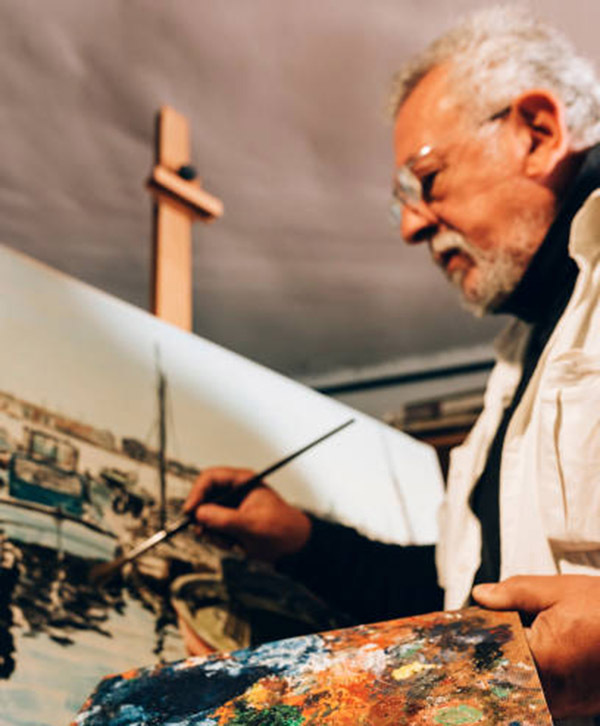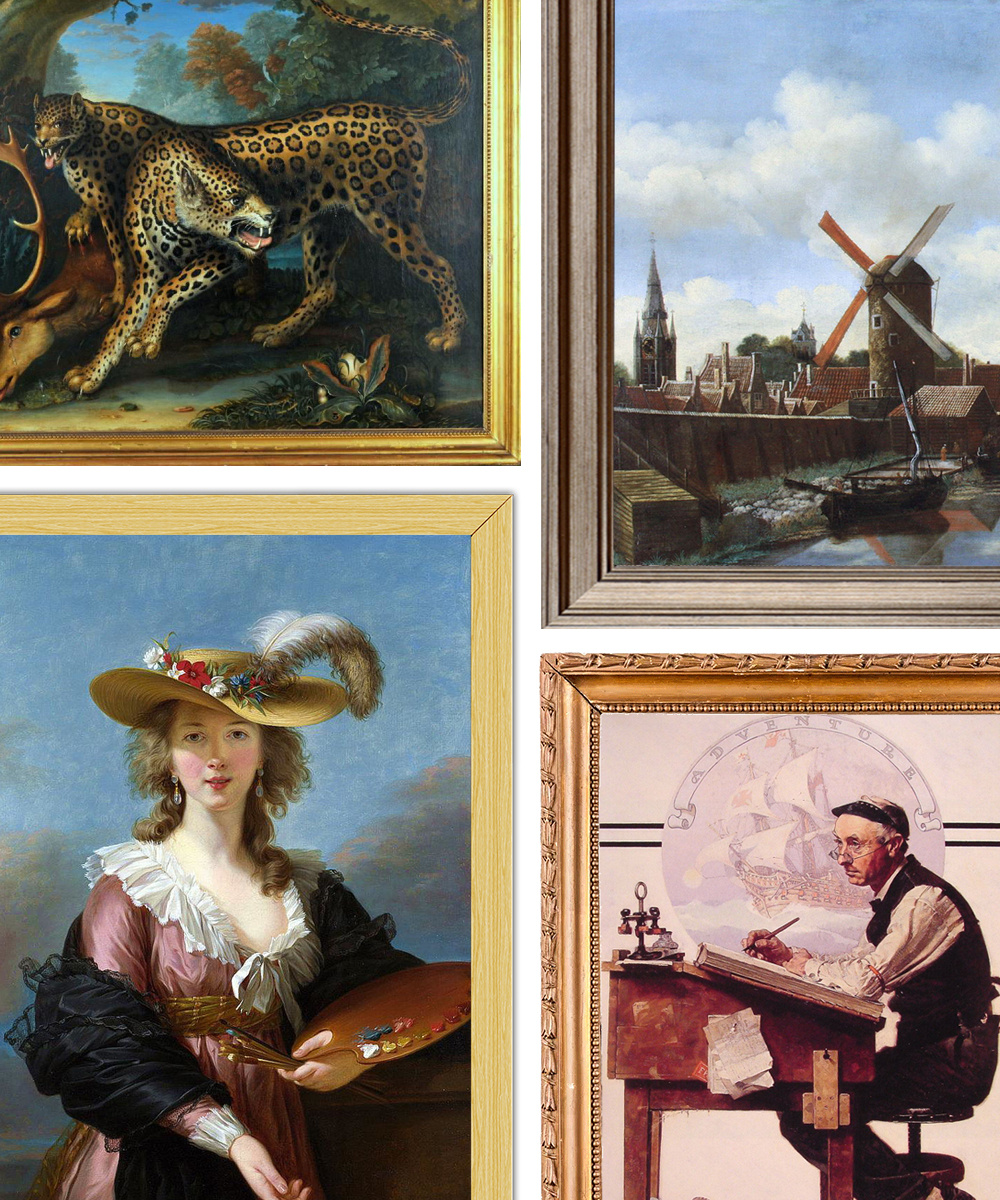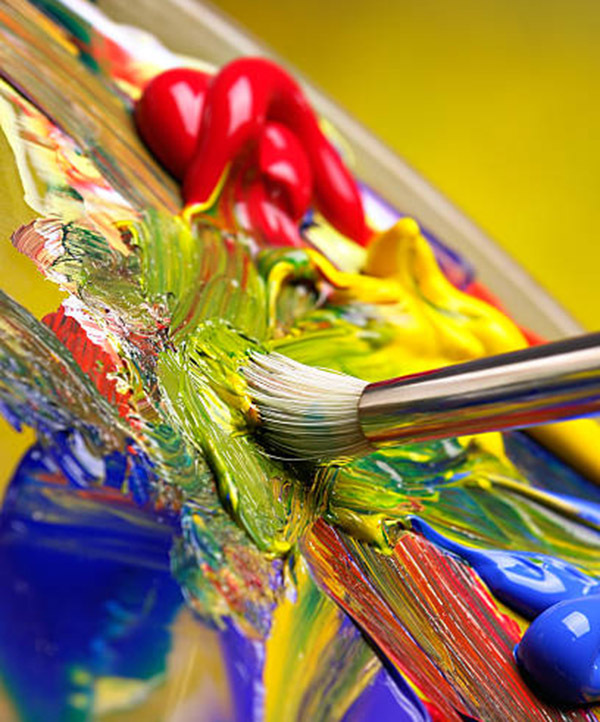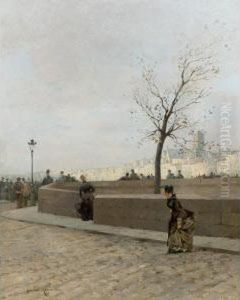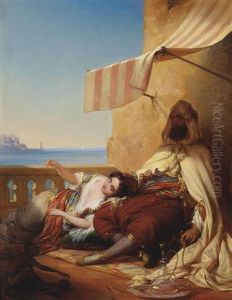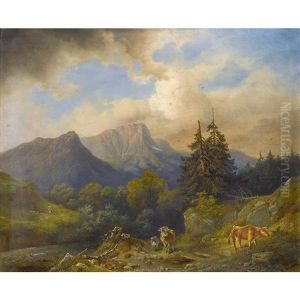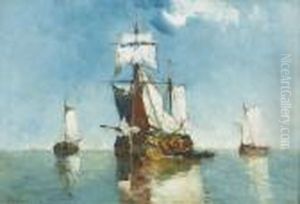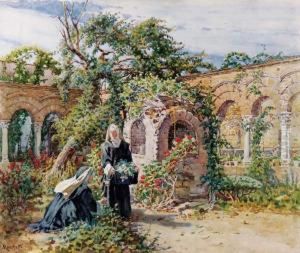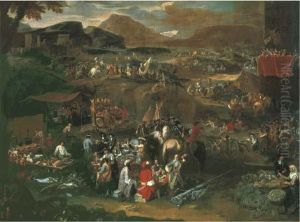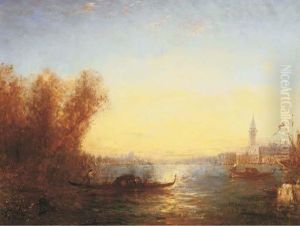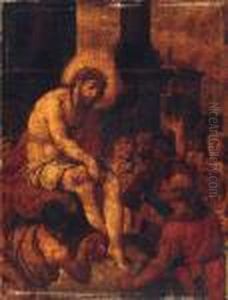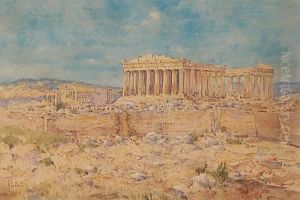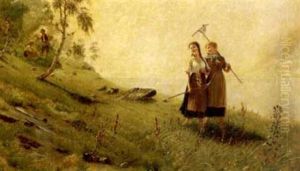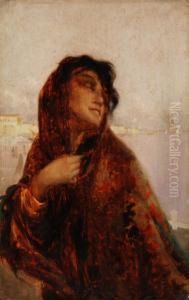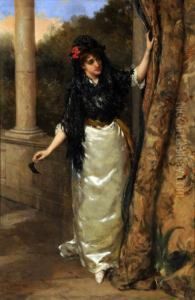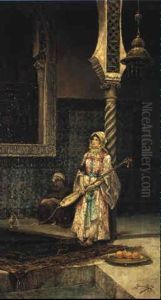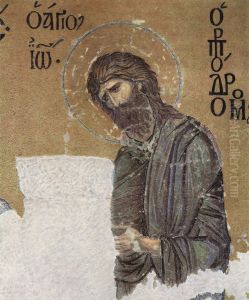





Text reads: (left) O AGIOS IO (meaning O AGIOS IOANNES - SAINT JOHN), (right) O PRODROM (-OS) (meaning THE FORERUNNER - as THE BAPTIST is called by the Eastern Orthodox Church
-
About Reproduction
Discover the allure of art with our faithful reproduction of "Text reads: (left) O AGIOS IO (meaning O AGIOS IOANNES - SAINT JOHN), (right) O PRODROM (-OS) (meaning THE FORERUNNER - as THE BAPTIST is called by the Eastern Orthodox Church", originally brought to life by the talented unknown. Unlike posters or prints, our hand-painted oil painting breathes an unique sense of depth and texture into your space. Every detail, every stroke, and every texture is meticulously recreated, paying the perfect homage to unknown and his artistic vision.
Owning this piece is more than just decoration - it's a statement of your refined taste in art. Let the vibrant colors and intricate details of this replica serve as a daily reminder of the beauty in our world. Elevate your decor and appreciate the richness of art with our replica of this masterpiece.
-
Painting Description
The painting in question features inscriptions that read "O AGIOS IO" on the left, which translates to "O AGIOS IOANNES" or "Saint John," and "O PRODROM (-OS)" on the right, meaning "The Forerunner." This title refers to John the Baptist, who is often called "The Forerunner" in the Eastern Orthodox Church due to his role in heralding the coming of Jesus Christ.
The artwork is attributed to an unknown artist, which is not uncommon for religious iconography, especially in the Eastern Orthodox tradition. Icons of Saint John the Baptist are prevalent in Orthodox Christian art, where he is frequently depicted with specific attributes such as a cross, a scroll, or a depiction of his own head on a platter, symbolizing his martyrdom.
In Eastern Orthodox iconography, Saint John the Baptist is revered as a prophet and a pivotal figure who bridges the Old and New Testaments. He is often portrayed in a manner that emphasizes his ascetic lifestyle, wearing simple garments made of camel hair and a leather belt, reflecting his life in the wilderness.
The use of Greek inscriptions suggests that the painting may originate from a region with strong Greek Orthodox influences, such as Greece, Cyprus, or parts of Eastern Europe. The style and iconography would typically adhere to the traditional conventions of Orthodox religious art, focusing on spiritual representation rather than realistic depiction.
While specific details about the painting's origin, date, and medium remain unknown, its thematic elements align with the broader tradition of Orthodox Christian iconography. Such artworks are not only religious symbols but also serve as tools for devotion and contemplation within the Orthodox faith. The anonymity of the artist underscores the communal and devotional nature of icon creation, where the focus is on the spiritual message rather than individual artistic expression.
-
Lead Time & Shipping
When you order this oil painting replica, it typically takes 2-3 weeks to paint. If the artwork is more complex, it might need a little more time to ensure the best quality. Once it's ready, we'll send you a photo for your approval. After you give the green light, we'll ship it to you for free.
-
Return & Refund
We believe in the quality of our hand-painted oil painting reproductions, and your satisfaction is our priority. If for any reason, you are not completely satisfied with your purchase, we offer a 45-day return policy. You can return your artwork within 45 days of receipt and receive a full refund. Please note that the artwork must be returned in the original packaging and in the same condition as it was received.

